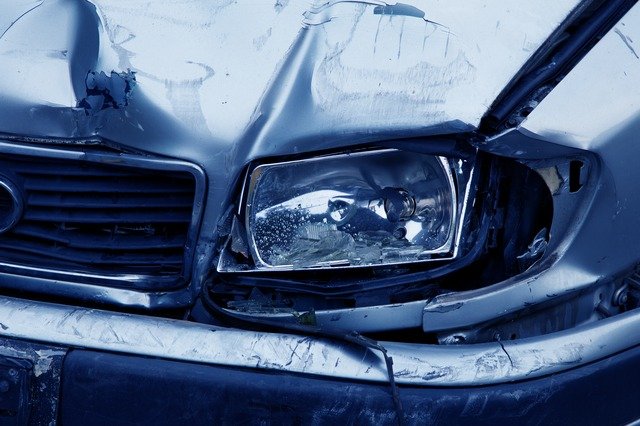Chicago Car Accident Statistics
Image by PublicDomainPictures from Pixabay
Car accident fatalities have risen in Illinois, according to a recent study by the National Safety Council. Despite fewer cars on the roads, the state recorded an 11 percent increase in fatal crashes during the first quarter of 2020 as compared to the same period last year.
Stay-at-home orders prompted by the Coronavirus have decongested roadways significantly, and experts are suggesting that drivers are more tempted to drive recklessly on the open lanes. Illinois is not alone in this matter, and the same study discovered that crash fatalities have increased 14% nationwide in March of 2020. Although the total number of traffic accidents has decreased, more severe accidents are trending upwards.
Coronavirus Effect
At the height of the pandemic, almost every state in the United States invoked a stay-at-home order to prevent the spread of the virus. Surprisingly, the public was compliant in following these orders, and for months citizens were not leaving their homes.
The National Safety Council reported that, in some states, 50 to 70 percent fewer miles were driven at the peak of the Coronavirus during March and April. Illinois was no exception, and those who found themselves on the roads experienced open lanes for the first time in their lives. INRIX found Chicago to be the second most congested city in the United States for 2019.
Drivers lost, on average, about 145 hours, which correlates to a total of 6 days, stuck in Chicago traffic. However, after the stay-at-home order went into effect, weekly traffic volume in Chicago fell to half its normal level. It is reasonable to suspect that many who remained on the roads took advantage of this trough of activity to drive more recklessly.
Elements of Reckless Driving
Even before the pandemic, the National Safety Council recorded an upward trend in traffic fatalities due to reckless driving. Safety experts have identified driving under the influence, distracted driving, and speeding as three significant influences of traffic fatalities.
Distracted driving has become much more prominent in recent years. The National Highway Traffic Safety Administration estimates that 35% of U.S drivers regularly text while driving. Texting while driving, along with other distracted driving acts, leads to an average of 37,000 traffic fatalities every year.
However, since the beginning of stay-at-home orders, speeding has been extremely prevalent as roadways are less congested. Officials have found a 14% increase in speeding, and highways such as I-290 and I-55 saw more than a two-times increase in average speed, from 25 MPH to over 60 MPH, during normal rush hour traffic times.
Individuals may feel they are safer to travel at higher speeds when the roads are clear, but roads do not become any less dangerous just because there are fewer vehicles. The deceptive S-curve on Lake Shore Drive in Chicago is one such example. Dense traffic may have actually kept drivers on Lake Shore Drive safer as it limited their speed on the S-curve.
The duty to keep roads safe does not fall solely on cities or law enforcement to uphold. Individual drivers have the ability to follow the speed limit, take precautions around hazards, and keep their eyes on the road. Accidents involving reckless driving are usually preventable, and taking precautions behind the wheel can help save lives.

